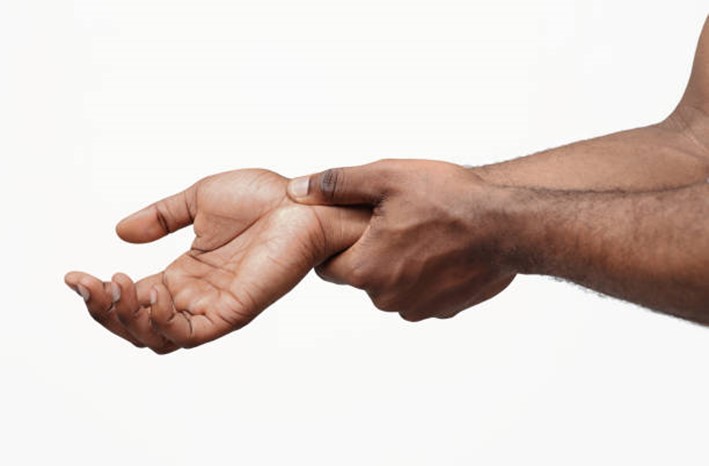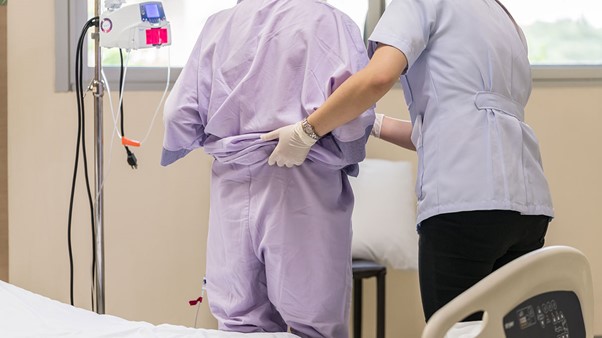POST SURGICAL REHAB
It is a supervised interdiscplinary program designed after one undergoes a surgery with the aim of restoring the individual to optimum functionality and health.
Physiotherapy intervention is very crucial in both the pre and post operation phases. After the procedure, rehabilitation begins from the ward up until the indivivual is restored to prime wellbeing.
Common surgical procedures that necessiate post surgical physiotherapy rehabilitation include;
- Hip & knee replacement surgery
- Heart or lung (cardiopulmonary) surgery
- Abdominal surgery
- Sports related surgery eg ACL repair
- Orthopedic fractures
- Musculoskeletal fractures such as rotator cuff repair
These surgeries often present with some of the following complications;
- Intense pain- often at the surgical site and surrounding tissues once the anesthesia wears off
- Significant muscle weakness, especially the muscles that have been surgically cut during the procedure
- Swelling on the feet and legs which poses risk for a condition called Deep vein thrombosis ( DVT) if left untreated.
- Reduced mobility
- Reduced joints range of motion
- Reduced lung capacity- especially post-cardiopulmonary operation and with prolonged bed rest
- Impaired neurological functions such as balance, sensation and coordination
- Risk of surgical site infection
Physiotherapy interventions
- Passive exercises to improve and maintain joints Range of motion (ROM)
- Patient education on wound care, precautions and activity modification
- Manual therapy to break scar adhesions
- Chest physiotherapy to increase lung capacity
- Ambulation either with assistive devices or independently
- Strengthening exercises
- Proper bed positioning and elevating to prevent pressure sores and DVT
- Prescription and application of compressive devices such as compresssion stocking, orthopedic casts and splints
Benefits of post-surgery Physiotherapy rehab
- Pain relief through non-invasive approaches
- Faciliates healing hence provides better prognosis
- Enhances mobility through assisted ambulation
- Improve joint range of motion
- Weak muscles become stronger
- Helps individual regain independence in activities of daily living such as grooming
- Improved lung capacity by clearing secretions, especially in patients who have been on prolonged bed rest
- Reduced edema/swelling
- Better wound healing
- Improved mental health state as a result of pain relief

